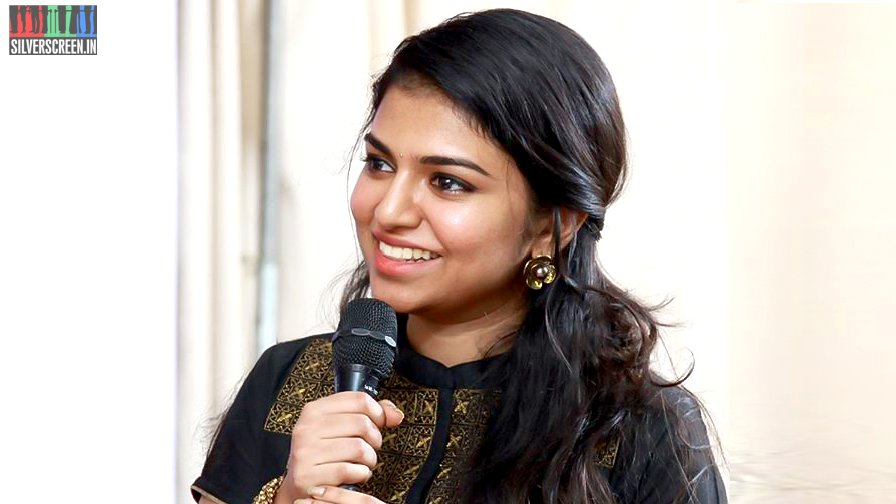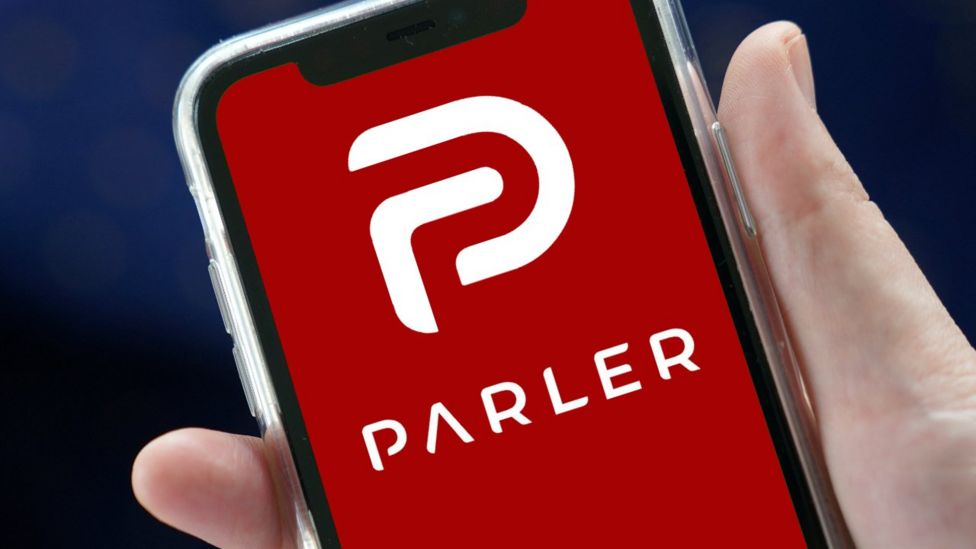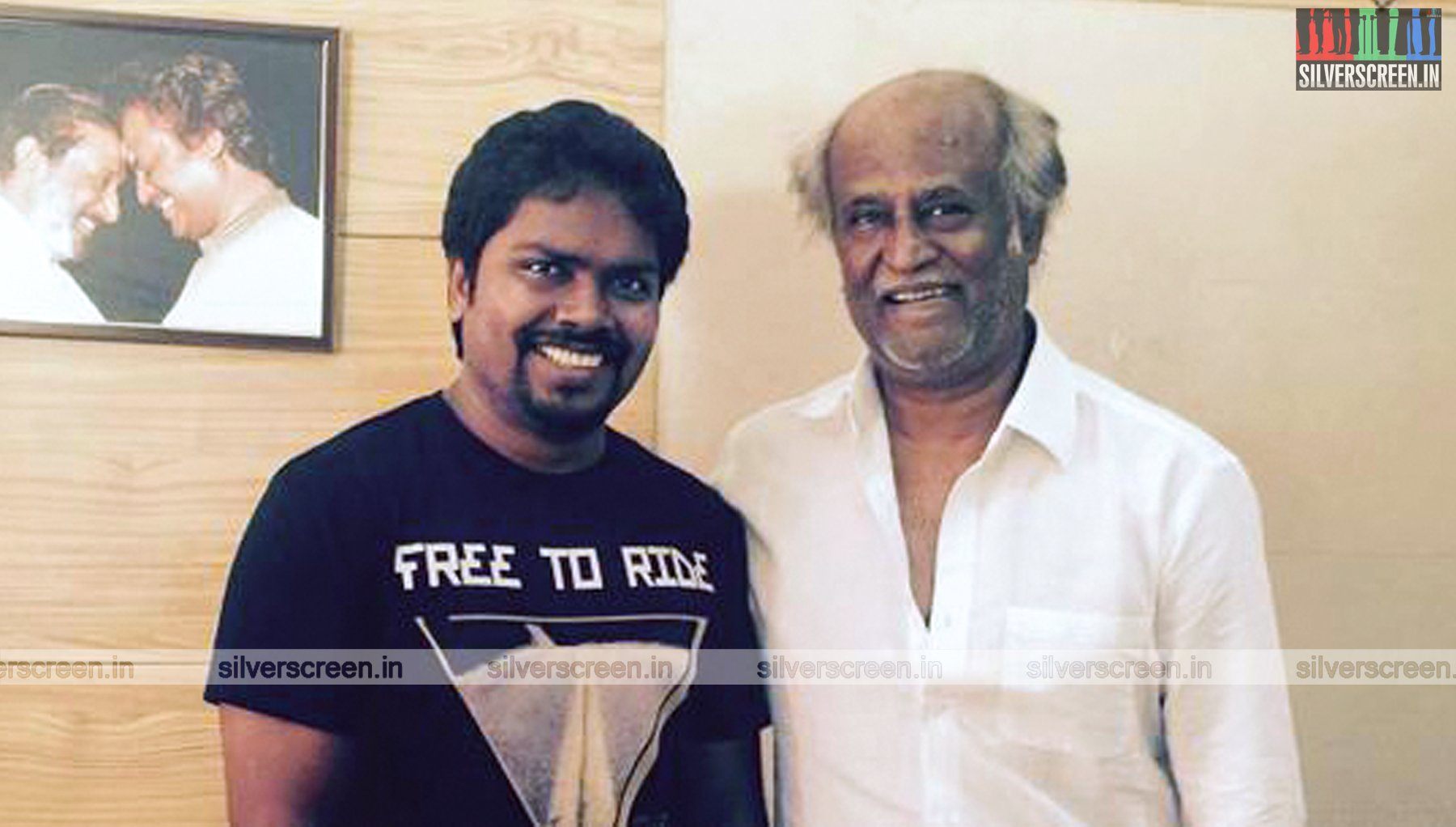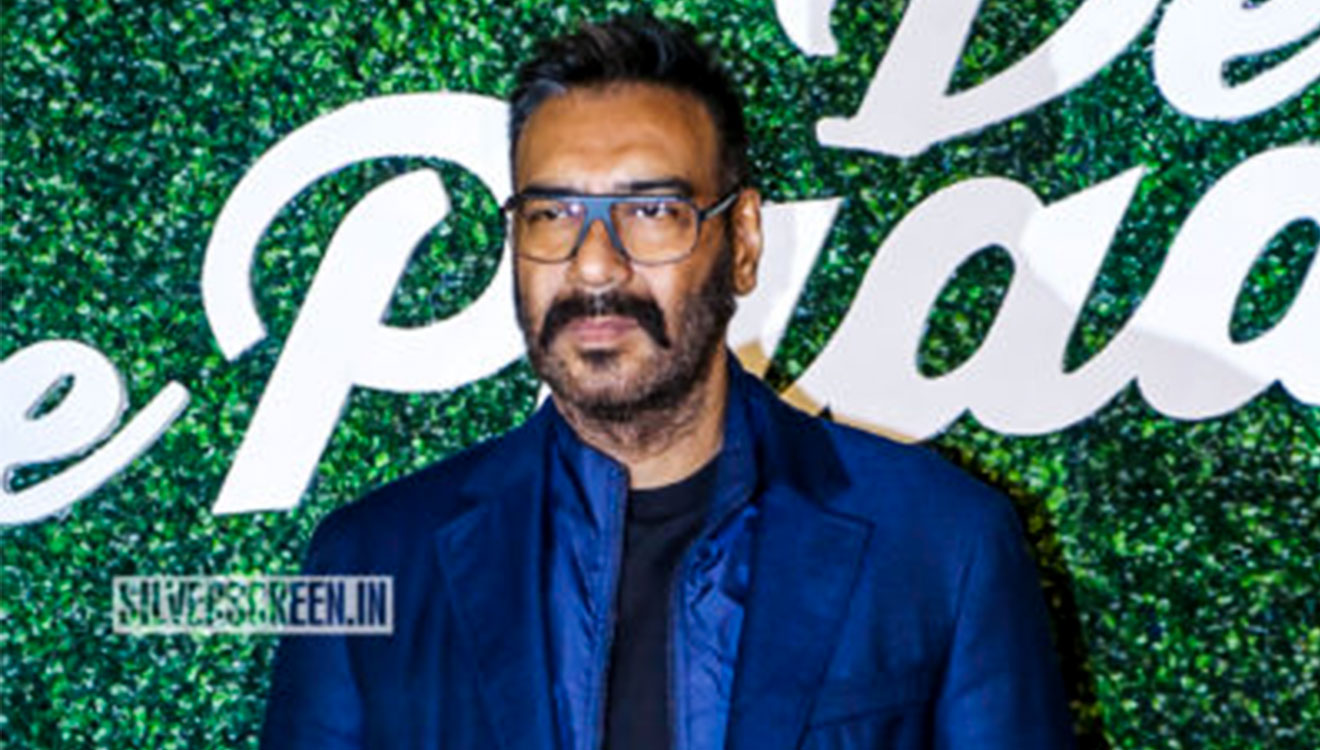She may be all of 22, but Raveena Ravi is a busy woman. Following her parent’s footsteps, she entered the world of dubbing at a young age, and today is proud to be the voice behind many of the top actresses in Tamil, Malayalam and Telugu cinema. In this interview with Silverscreen, she speaks about her world. The world of sound and stars.
The Baby Steps – “I started dubbing when I was a year and a half old. It was just repeating lines, not dubbing, to be honest. Whether it was laughing, or crying, I would just repeat whatever they told me to. If I had to laugh, my mother would tickle me. Or scold me if I had to cry. My first dubbing experience was when my mother was recording for the radio trailer of the film Thottachinungi. I was constantly repeating whatever my mother said, which the sound engineer found to be very cute. Thus, my voice was included in the trailer.
I used to throw a few tantrums at the studio as a kid, even demand ice-cream. I’d obsess over the red light (which is used to signal that the recording is on-process). As a kid, I used to dub for advertisements as well, and I had to dub in several languages. Once, while recording for a Pears advertisement, for no apparent reason, I refused to dub in Telugu . Hours of convincing and chocolates wouldn’t make me budge, and at last, my dad cleverly told me to dub in Tulu. I readily agreed, but ended up dubbing in Telugu only,” laughs Raveena.
Now she’s dubbed for three films in Tollywood. A Bank Management graduate from Ethiraj College, Raveena’s career in mainstream dubbing happened by chance. She started dubbing for lead actresses in 2012 with Saattai, sound engineer Mr. Rajashekar had mentioned to a dubbing representative that she might suit the character of the heroine, Mahima. She was the last to be called for the voice test, and everything clicked. Thus Raveena started her dubbing career and went on to dub for Amy Jackson in I, Samantha in Kaththi, and Nayanthara in Bhaskar The Rascal.
How It Works – “All dubbing artistes are part of a dubbing union, and filmmakers assign a representative for each film. He or she then analyses the character and suggests dubbing artistes. During the voice test, we dub a scene or two from the film, and the director chooses the most suitable voice in his opinion. They try to match the face of the actress with the voice. Whoever sounds most convincing, gets selected.”
The Big Break – “I was not even supposed to tell anyone that I’d been called for a voice test for I. It was all kept quiet. I was the last one to be called in. The dubbing representative Mr. Rajagopal was worried that my voice would be far too immature for Amy Jackson. But, fortunately, my voice was one among two that matched. I was always curious to know how my voice got okey-ed, and only after the release of the film, I came to know that Director Shankar called six of his assistants and asked them to cast votes. I got 5 out of 7 votes,” she beams. “And that’s how I got my big break.”
The scene Amy was most applauded for in I was the one in which she confronts Vikram, speaking in the local Tamil slang. While Amy did mouth the dialogues, it’s Raveena who deserves the accolades. She talks about the ‘Inaabaa Lingesaa’ scene :
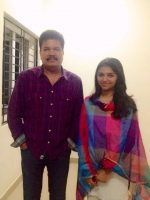
10635752_10152612850011702_8783203732469793502_n
Do The Stars Compliment The Work? – “Well, not all of them. Amy has been really sweet. She mentions my name in all her interviews. She also invited me and my family to watch the first show of the film with her. Amyra Dastur tweeted her appreciation for my work in Anegan, and even though Nayanthara did not compliment me directly, she has recommended my name for her next Malayalam film, which I think is a fantastic compliment.”
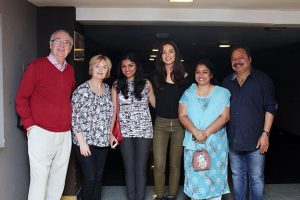
10349886_10152958726526702_194926454075302071_n
The most difficult expression to emote? – “Anger. Laughing and crying, I find it easy. But anger is tough. My voice begins to sound much younger when I express anger, and I have to go for several retakes.”
Getting The Emotions Right In A Studio? – “I put myself in the actor’s situation. It’s all about using the voice in the right way and maintaining the lip synchronicity. Usually, the director or the assistant director explains the scene before we record. We fully understand the situation and emote accordingly. If there isn’t much of an explanation, I voluntarily ask them to clarify. Then only can I get it exactly right.”
Mistakes – “That happens quite often, as not many heroines know the language well. You can make out from the way they say Vanakkam at press meets or audio launches”, she laughs. “Sometimes they get the lines right, but their pauses are all over the place. Sometimes they actually say the dialogues in Hindi, and I’ll feel like I’m working on a dubbed film. The director will say, ‘Epdiyaavadhu match pannidu ma’ (Match the dialogues somehow). Sometimes I’ll even suggest other words that would match the lip sync better. At times, even actresses who know the language well, might deliver their lines too quickly, or too slowly. So it can be tough to get the feel of the dialogues exactly right,” explains Raveena.
Recommended
Clarity is the most important quality each dubbing artist must possess, feels Raveena. “We have to get the emotions right. If the heroine is shivering and crying in the scene, we have to choke up. When the dubbing artist does her job well, even a bad performance can be covered up. But if the dubbing is bad, it’s so evident. We can practically hear the audience commenting, ‘Enna da pesaranga samandhame illama?’(What are they saying? It has no sync.)
“Sometimes, when juggling between films, I face serious identity issues. For example, Amy’s character in I was very sophisticated and calm, whereas Amyra’s in Anegan was the exact opposite – a hyperactive, bubbly girl. So it’s important to get in character and get the mannerisms of each character right.” She continues, “My mother has been a pillar of support. She has equipped me with the right basic qualities needed for a dubbing artiste. For some recordings, she still stands beside me helping me get the emotions right. It does make me a little nervous, but my output is definitely better for it.”
Credit Where It’s Due – Just like all other dubbing artistes, Raveena also feels that the recognition given for the profession isn’t enough. “Now, the situation is better. At least I’m getting recognized through social media. There are so many award functions happening, but there has never been a category for the dubbing artist. Earlier, there was a category for us in the Tamil Nadu State Awards, even that has lost prominence. Honestly, I feel we do almost 50 % of the work in every heroine’s part, sometimes even more. But we are not even included in the title credits. Our names appear in the end credits, after the caterers, drivers, and so on. This is definitely something that bothers every dubbing artist.”
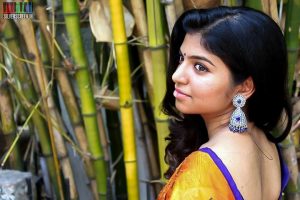
aveena feature 2
My parting question to her is about her thoughts on Dubsmash and the ongoing craze about it. After all, it is a bit like dubbing in reverse. Her response – “I don’t even have the app on my phone!”
*****
The Raveena Ravi interview is a Silverscreen exclusive.
